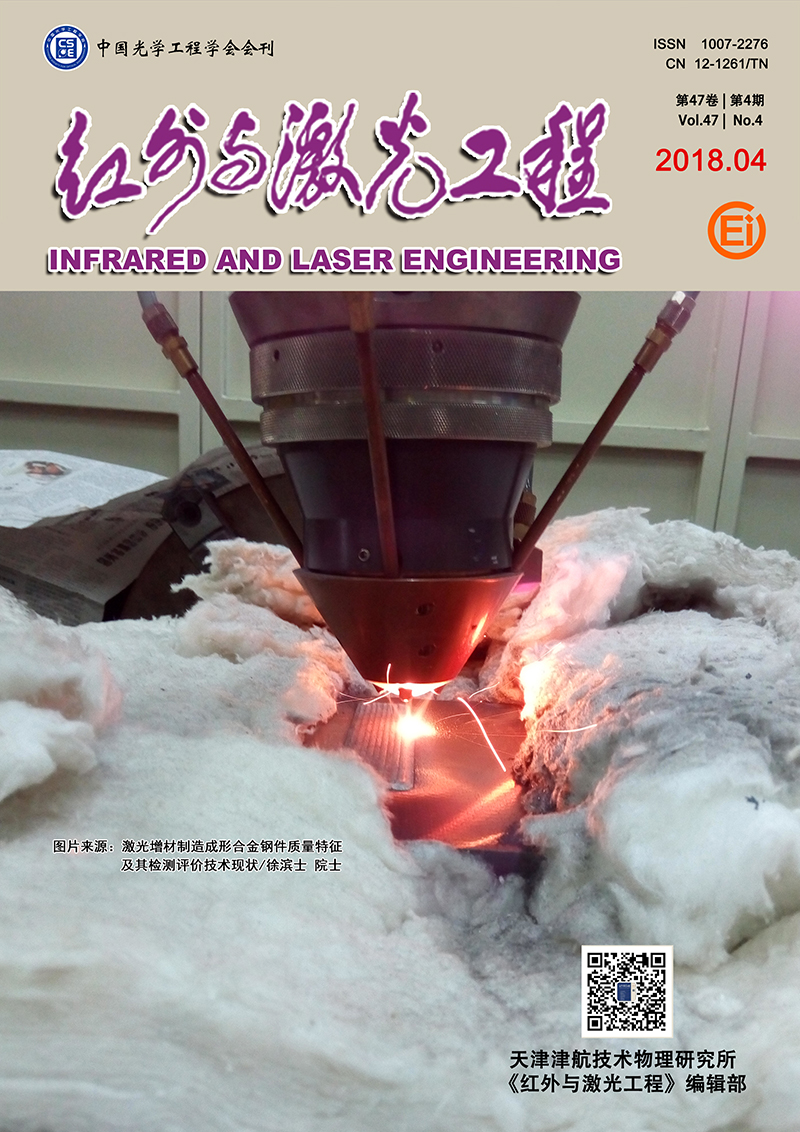|
[1]
|
Liu Anping, Duan Lihua, Hu Jianping, et al. Automatic detection of laser damage threshold by scattering light technique[C]//Proceedings of the 6th World Congress on Intelligent Control and Automation, 2006:5318-5321. |
|
[2]
|
Zhou Gang, Ma Bin, Jiao Hongfei, et al. 1064 nm high-reflection mirrors[J]. High Power Laser and Particle Beams, 2011, 23(4):963-968. (in Chinese)周刚, 马彬, 焦宏飞, 等. 1064 nm高反射薄膜激光损伤阈值测量方法[J]. 强激光与粒子束, 2011, 23(4):963-968. |
|
[3]
|
Alan Conder, Terry Alger, Stephen Azevedo, et al. Final optics damage inspection (FODI) for the national ignition facility[J]. Laser-Induced Damage in Optical Materials, 2007, 6720:1-15. |
|
[4]
|
Xu Longbo, Peng Zhitao, Sun Zhihong, et al. Damage online inspection technology of driver terminal optical elements[J]. Infrared and Laser Engineering, 2009, 38(4):721-724. (in Chinese)徐隆波, 彭志涛, 孙志红, 等. 驱动器终端光学组件损伤在线检测技术[J]. 红外与激光工程, 2009, 38(4):721-724. |
|
[5]
|
Feng Bo, Liu Bingguo, Chen Fengdong, et al. Final optics damage online inspection system for ICF[J]. Infrared and Laser Engineering, 2013, 42(9):2519-2524. (in Chinese)冯博, 刘炳国, 陈凤东, 等. ICF终端光学元件损伤在线检测装置的研究[J]. 红外与激光工程, 2013, 42(9):2519-2524. |
|
[6]
|
Tao Xian, Zhang Zhengtao, Zhang Feng, et al. Development of detection techniques of surface defects for large aperture optical elements based on machine vision[C]//Proceedings of the 33rd Chinese Control Conference, 2014:2935-2940. |
|
[7]
|
Benjamin Potsaid, Yves Bellouard, John T. Design of an adaptive scanning optical microscope for simultaneous large field of view and high resolution[C]//Proceedings of the 2005 IEEE International Conference on Robotics and Automation, 2005:460-465. |
|
[8]
|
Yang Yongying, Lu Chunhua, Liang Jiao, et al. Microscopic dark-field scattering imaging and digitalization evaluation system of defects on optical devices precision surface[J]. Acta Optica Sinica, 2013, 42(9):1031-1038. (in Chinese)杨甬英, 陆春华, 梁蛟, 等. 光学元件表面缺陷的显微散射暗场成像及数字化评价系统[J].光学学报, 2013, 42(9):1031-1038. |
|
[9]
|
Cheng Xiaofeng, Xu Xu, Zhang Lin, et al. Defect testing of large aperture optics based on high resolution CCD camera[J]. High Power Laser and Particle Beams, 2009, 21(11):1677-1680. (in Chinese)程晓锋, 徐旭, 张林, 等. 基于高分辨力CCD的大口径光学元件疵病检测[J]. 强激光与粒子束, 2009, 21(11):1677-1680. |
|
[10]
|
Xian Tao, Zhengtao Zhang, Feng Zhang, et al. A novel and effective surface flaw inspection instrument for large-aperture optical elements[J]. IEEE Transactions on Instrumentation and Measurement, 2015, 64(9):2530-2540. |
|
[11]
|
Xiao Bing, Yang Yongying, Gao Xin, et al. Mosaic algorithm for images of detects on surface of large fine optics[J]. Journal of Zhejiang University (Engineering Science), 2011, 45(2):375-381. (in Chinese)肖冰, 杨甬英, 高鑫, 等. 适于大口径精密光学表面疵病图像的拼接算法[J].浙江大学学报(工学版), 2011, 45(2):375-381. |









 DownLoad:
DownLoad: